
Get news, updates, & event Info delivered right to your inbox:
You Can Plant Trees In The Fall. Here's How!
Is it possible to plant trees in the fall — and more importantly, will they grow and continue to thrive throughout the winter months? As the seasons change and the temperature drops, this question inevitably comes up.
The answer is: yes! In fact, fall is one of the best times to plant certain species of trees in specific areas of North America and the world. That's why, each year, we celebrate Plant a Tree Day on September 28th, a global day of action that inspires thousands of nature lovers around the world to plant trees, remove invasive species, clean up litter, establish community gardens and more!
A variety of tree species can still be planted in the fall and will survive during the harsh winter months. In fact, many trees in the northern hemisphere go through freeze-thaw cycles, and if they are planted in the fall, they will have plenty of time to establish their root systems before going through a freeze cycle and later growing branches and leaves. In other words: as long as you plant them approximately 6 weeks before the first hard freeze, and they are native to the region, the trees should be fine.
Looking to plant a tree in your own yard this fall? Use the following steps to ensure success.
How to Plant a Tree This Fall
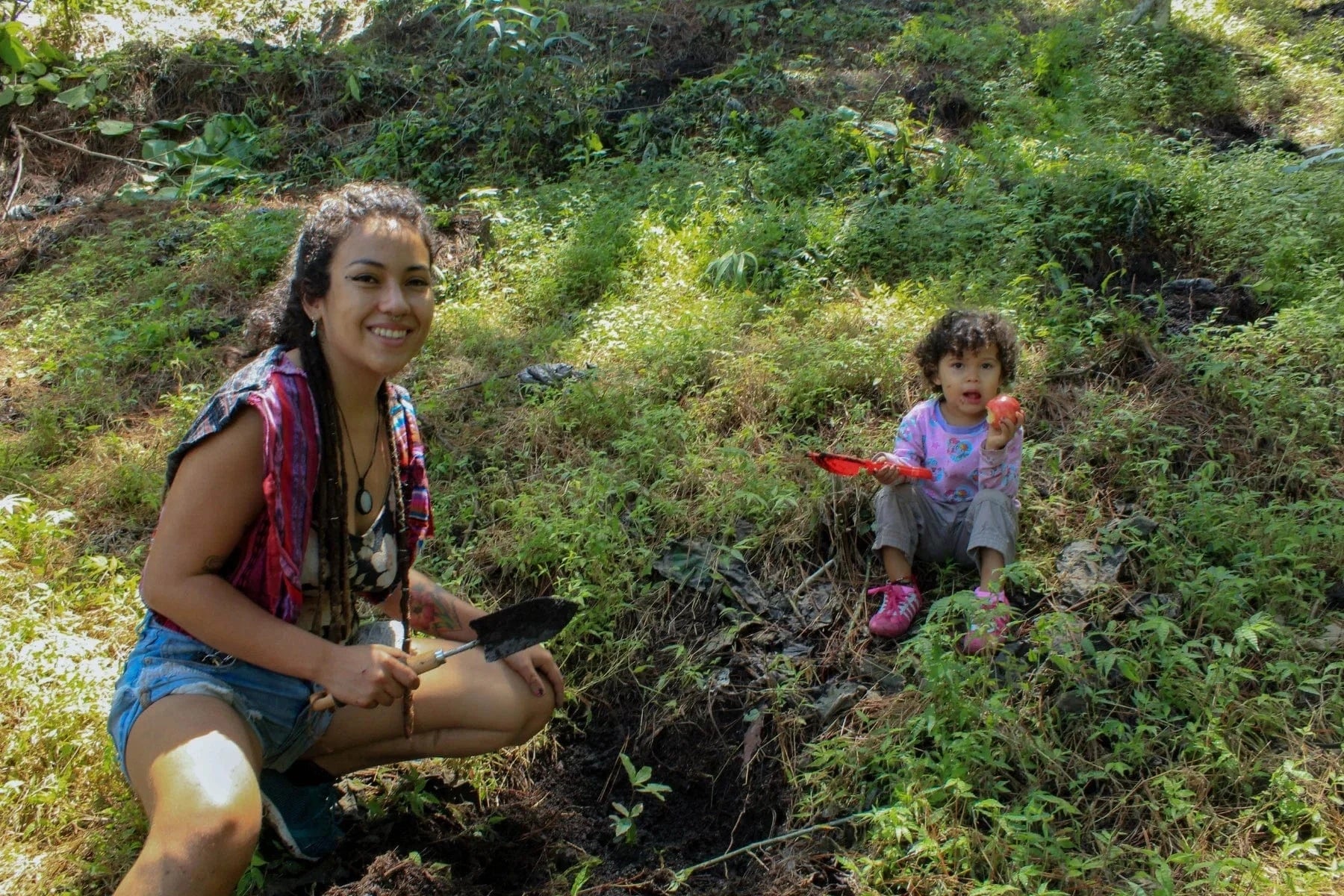
Step 1: Find the Perfect Spot
Find a spacious spot that has access to sunlight and proper drainage.
Be sure to find a spot away from structures so that the branches and roots have enough space to grow.
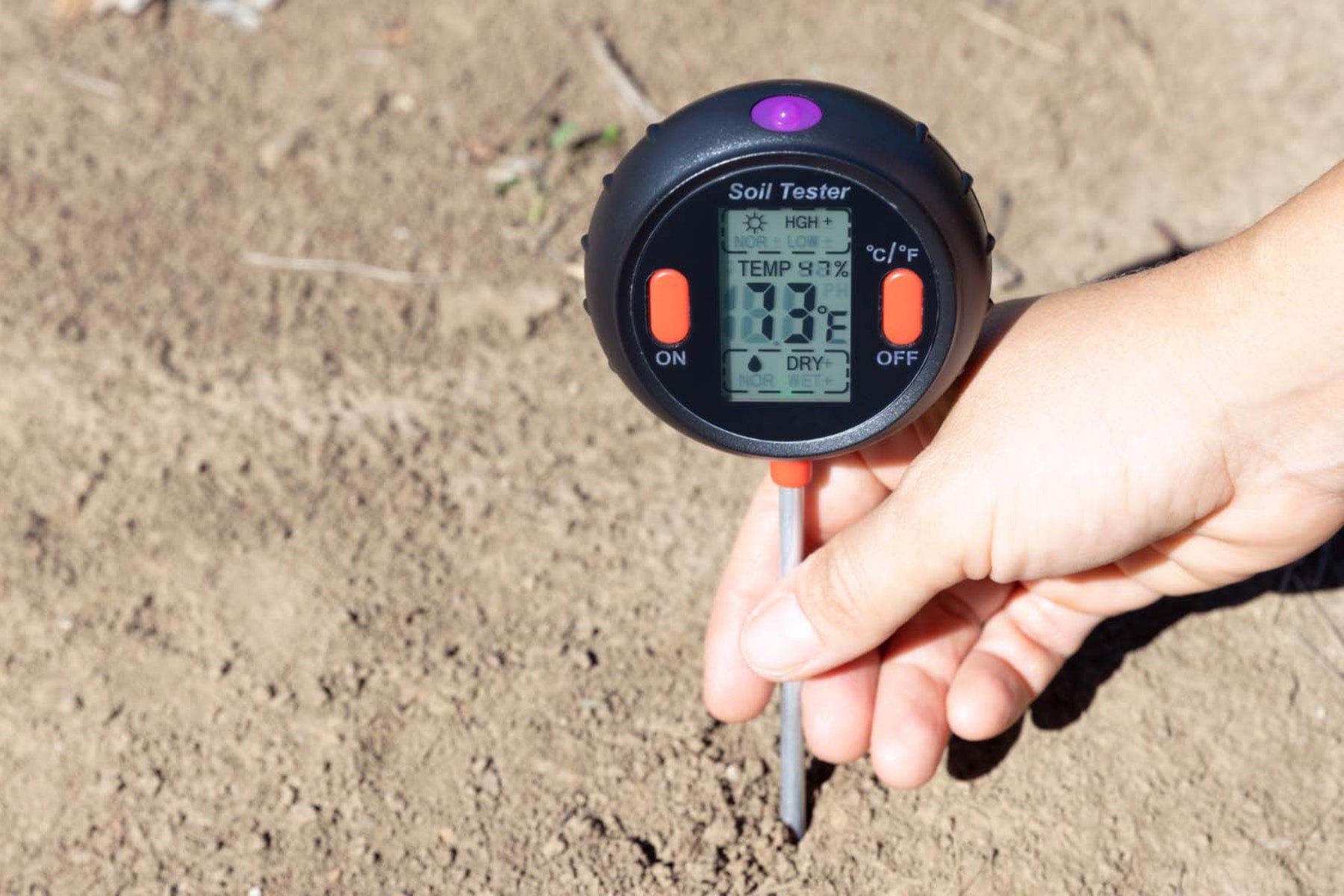
STEP 2: CHECK THE SOIL
Use a soil thermometer to ensure that the ground is warm enough to plant a young tree. The temperature should be above 40°F (4 C). Don’t have a soil thermometer? Take a look around and see if most trees still have their leaves. If the majority are bare, hold off on planting as it is likely too cold.
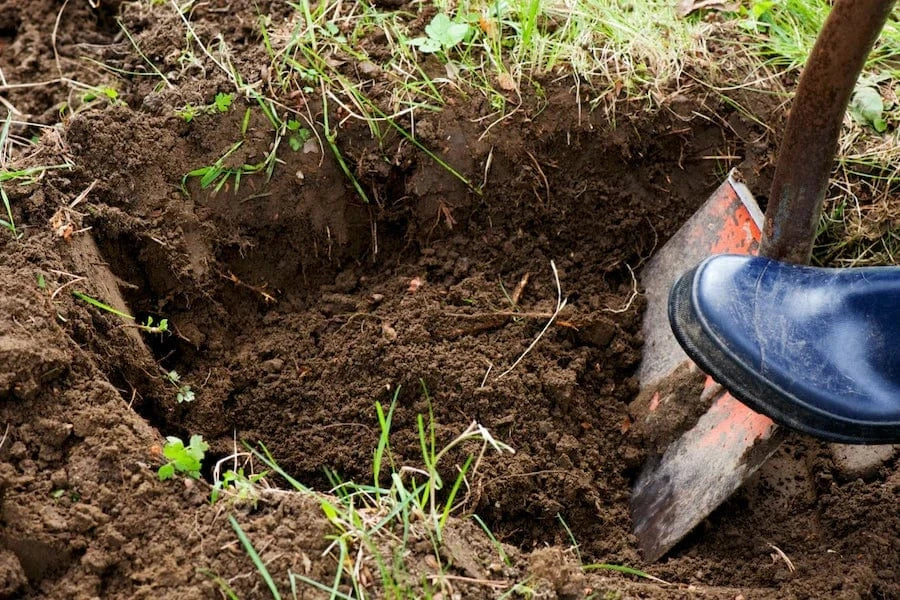
STEP 3: DIG THE HOLE AND PLACE THE TREE
Dig a hole that is 2-3 times wider than the container your tree is in. The hole should be deep enough so that the root collar (the point where the roots meet the trunk) is level or slightly above ground level.
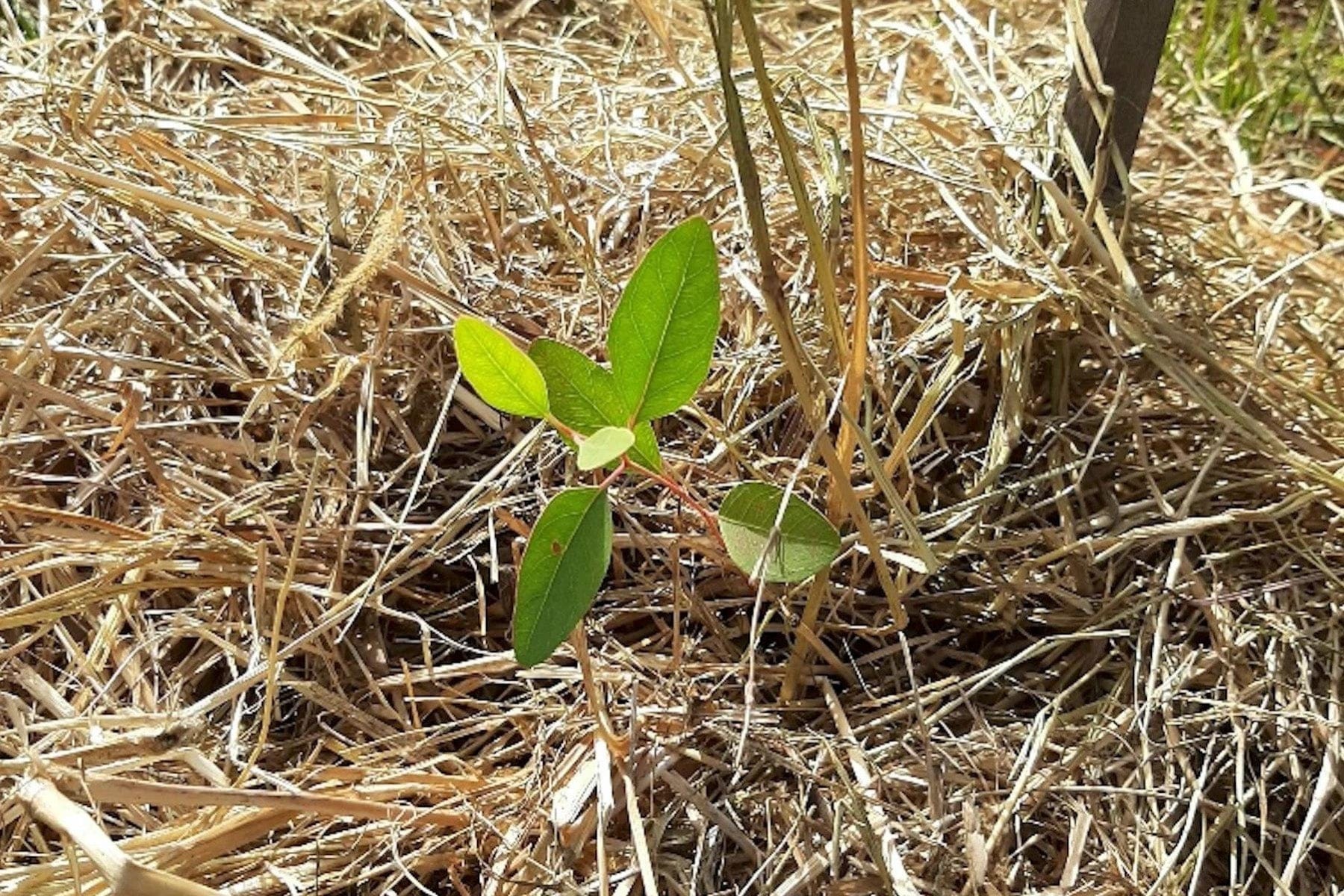
STEP 4: MULCH AROUND THE BASE
Spread 2-3 inches of mulch over the soil to help absorb water and prevent weeds. Keep the mulch about 2 inches away from the trunk of the tree.
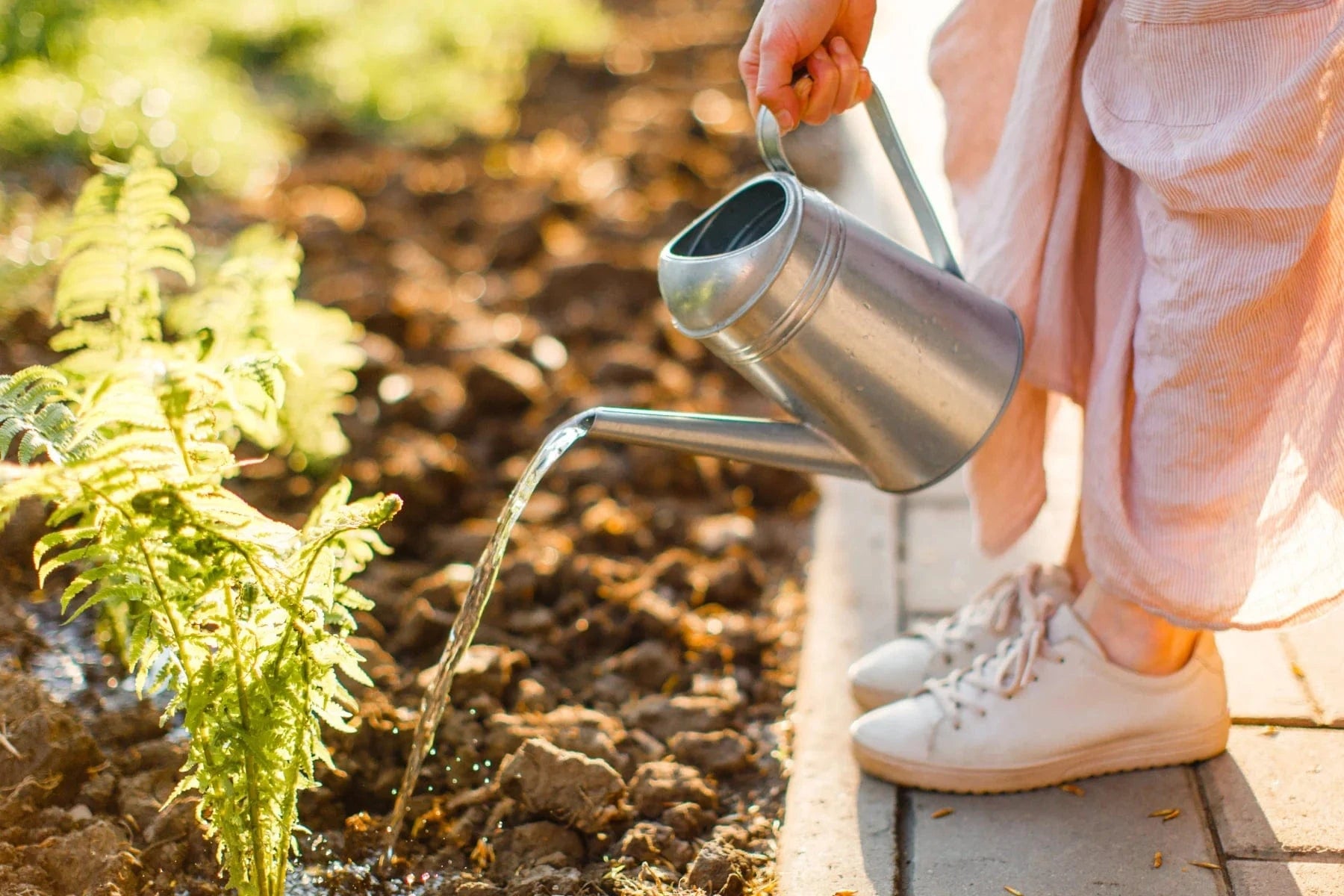
STEP 5: WATER YOUR NEW TREE!
Water your tree immediately after planting, and then about once a week during dry conditions to keep the soil moist.
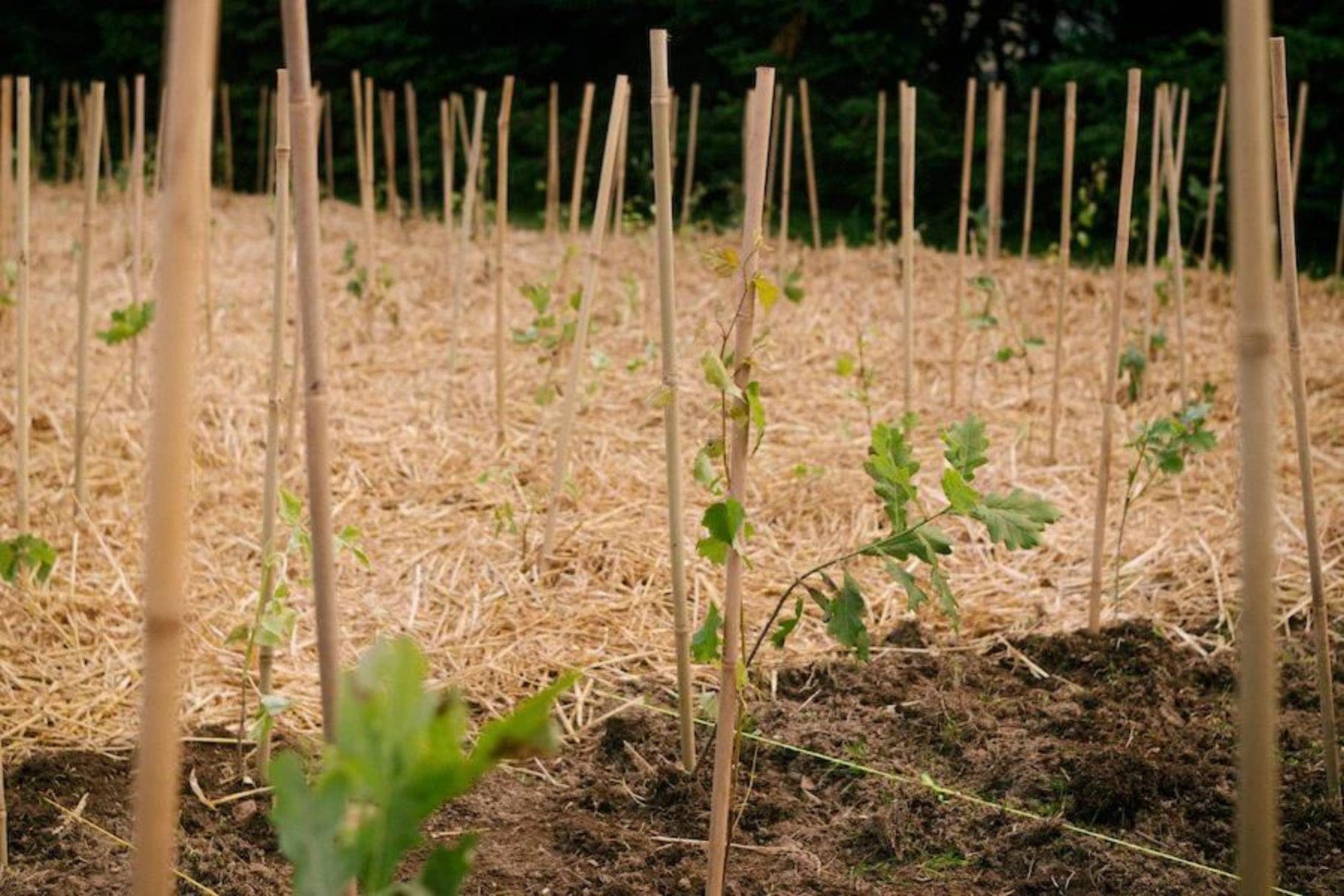
STEP 6: STAKE IT!
Use tree stakes to keep your tree upright if exposed to high winds. Stakes can usually be removed after a year of growing.
We hope this has cleared up your questions about why we plant trees in the fall — and how you can do it yourself!
If you'd like a more in-depth explanation of how to plant trees, check out our Tree Planting Guide. Still want to leave the planting to us? Plant trees today!
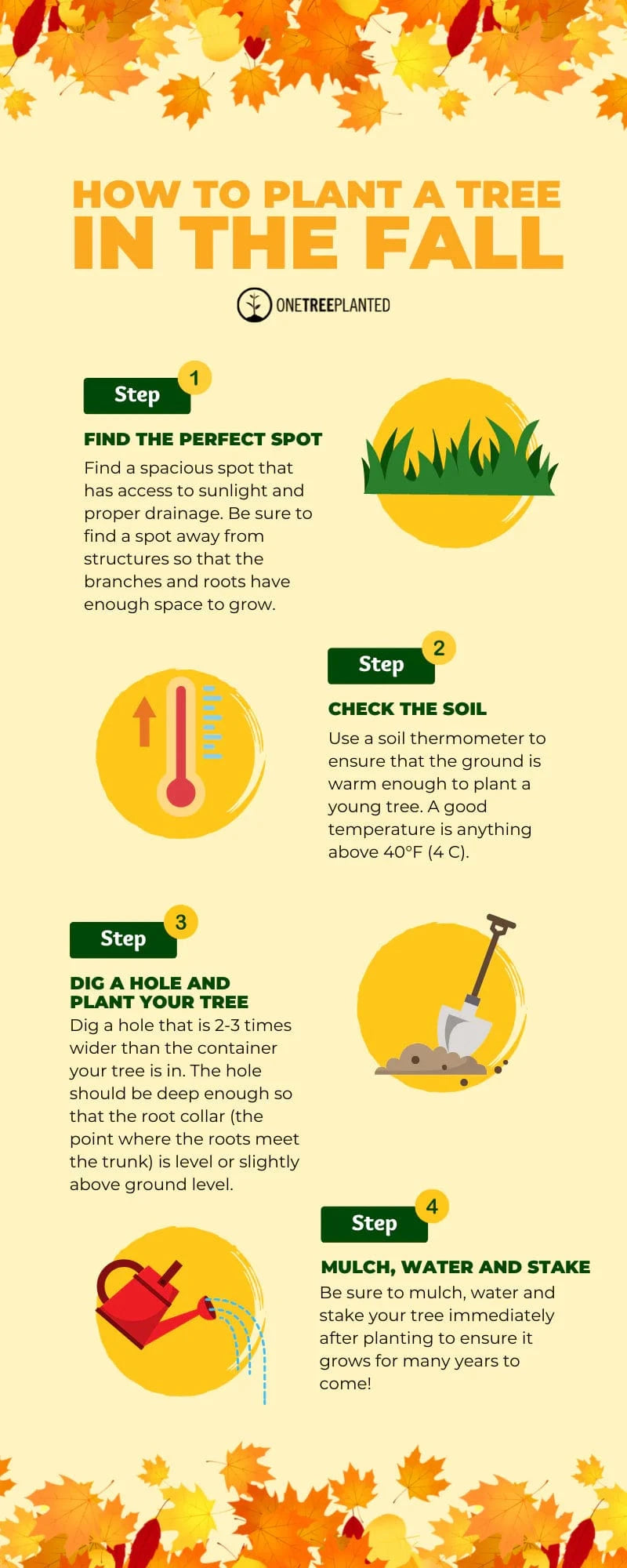
Get news, updates, & event Info delivered right to your inbox:
Related Posts
9 Sustainable New Years Resolutions
18/12/2025 by Meaghan Weeden
Inspirational Quotes About Trees
16/12/2025 by Meaghan Weeden
The 9 Oldest, Tallest, and Biggest Trees in the World
11/12/2025 by One Tree Planted
Popular On One Tree Planted
Inspirational Quotes About Trees
16/12/2025 by Meaghan Weeden
The 9 Oldest, Tallest, and Biggest Trees in the World
11/12/2025 by One Tree Planted
What Causes Deforestation?
10/07/2025 by Meaghan Weeden
Fundraising Disclosures

Be Part of the
Restoration Movement
The Grove is more than just a monthly giving program: it's a vibrant community of individuals who are dedicated to reforestation and environmental restoration on a global scale.
As a member of The Grove, you affirm your commitment to restoring forests, nurturing biodiversity, and fostering positive global change.



